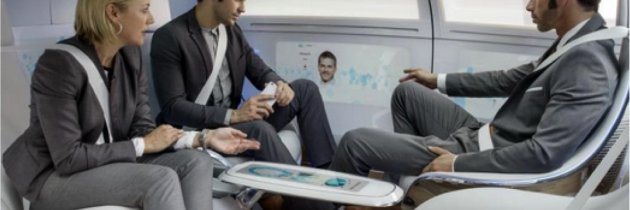Transforming Personal Mobility
The original report can be found here.
The Earth Institute, Columbia University has done research three distinctly different case studies to assess the personal mobility system that results from combining:
- The “Mobility Internet”
- Self-driving/driverless vehicles
- Shared vehicle systems
- Specific-purpose vehicle designs
- Advanced propulsion systems
Results indicate that this transformational mobility system:
- Is capable of supplying better mobility experiences at radically lower cost under a wide range of circumstances
- Offers substantial sustainability benefits through improved roadway safety, reduced roadway congestion, increased energy efficiency, reduced emissions, improved land use and enhanced equality of access.
CONTEXT
Global roadway transportation has evolved to an enormous scale since the first motorized vehicle was invented over a century ago. Today, nearly a billion cars and trucks move people and goods along the world’s roadways and consumers spend trillions of dollars each year on personally owned vehicles (including the costs of fuel, depreciation, financing, insurance, taxes, parking, and time) to experience the resulting mobility benefits.
The growth of automobile transportation has occurred with virtually no disruptive change to the fundamental system conceived of by Karl Benz and popularized by Henry Ford. While this mobility system provides considerable personal freedom for those who can afford it and enables substantial economic activity, it is associated with serious side effects in terms of safety, energy, the environment, land use, traffic congestion, time use and equality of access.
In this context, a wide range of technology and business enablers are emerging that, when combined in innovative ways, promise to transform the way people and goods move around and interact economically and socially. Roadway transportation is now as ripe for transformation as the telecommunications, photography, computer, media, television and pharmaceutical industries were over the past two decades.




